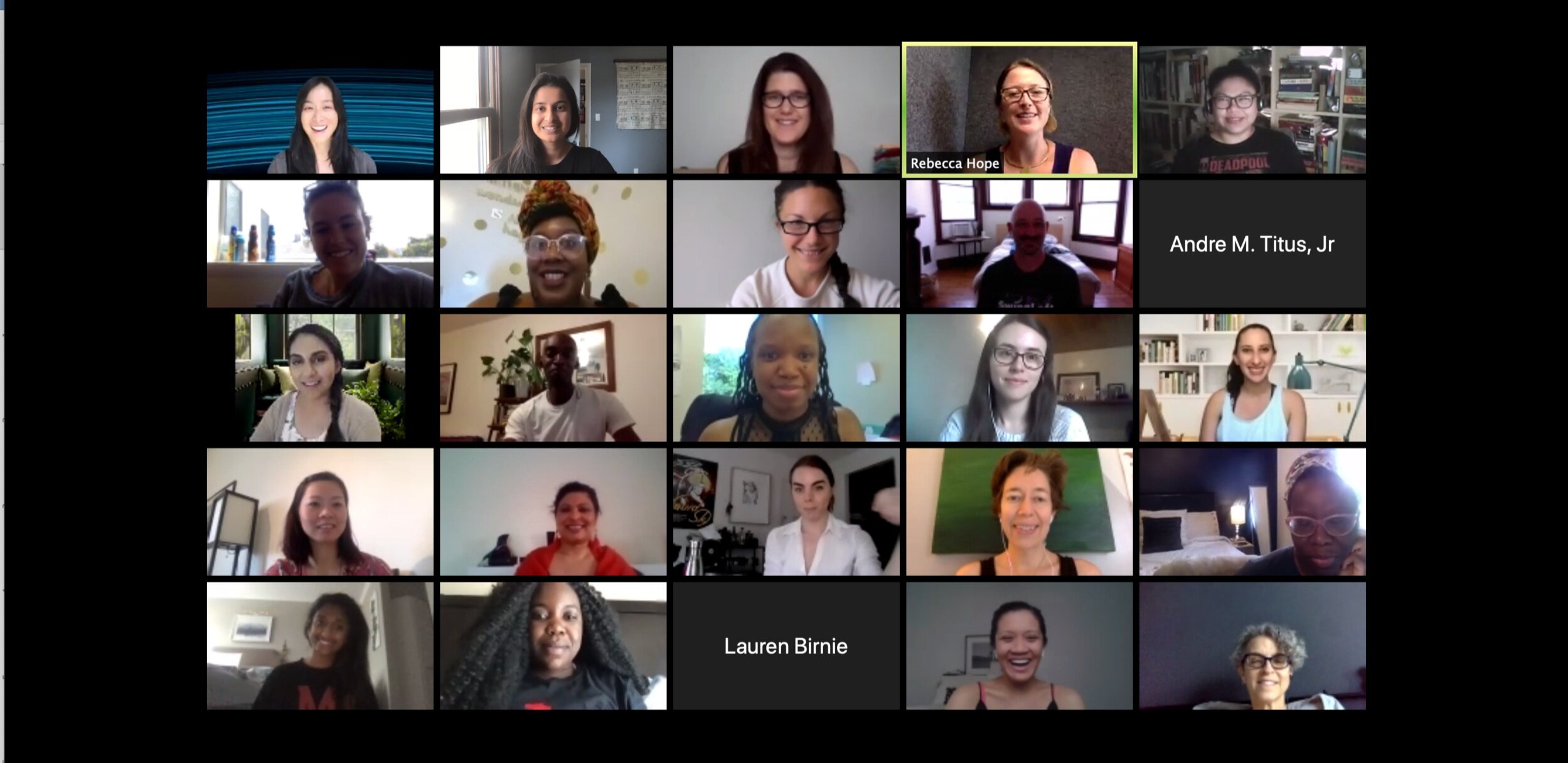An introduction to human-centered design for public health practitioners
At YLabs, we love to share our work - from our prototypes to our processes. So naturally, we were thrilled to lead a five-day course in partnership with Columbia University's Mailman School of Public Health. The course, Creating with Community: An introduction to Human-Centered Design (HCD) for Public Health Intervention Development, was designed to introduce senior public health practitioners to the practice of design.
HCD methodology has been used by public health practitioners at UNICEF, PSI, and USAID to develop sustainable prevention and intervention programs for a range of health topics, including obesity, infant mortality, and HIV/TB. Through an interactive, hands-on workshop, the course helped participants understand how YLabs uses human-centered design to develop acceptable, feasible, sustainable, and desirable public health products, services, and interventions. “We wanted to show people that HCD methodology can, and should, move into a more 'academic' space,” said co-facilitator and a DrPH Candidate Trena Mukherjee.
How might we support social connection during social distancing?
The five-day extravaganza kicked off with a particularly timely public health challenge; How might we support social connection during social distancing? “During YLabs’ training workshops, we intentionally set a challenge outside of the participants’ area of expertise to help them cultivate curiosity and use a ‘beginner’s mindset’ to encourage creativity, playfulness, and original thinking,” said YLabs Executive Director Dr. Rebecca Hope.
Participants included public health leaders from across four countries who worked in teams to utilize an HCD methodology; design research, synthesizing insights, developing and testing early prototypes to understand, design, and plan how to implement public health solutions in partnership with their users. “Working with the group was really a nice way to apply the content we were learning in real-time,” said one student.
“My favorite moment was learning about [concept] of ‘how might we?’ It makes you consider endless possibilities.”
By the end of the course, the cohort had survived Zoom fatigue, navigated different time zones, and presented their team interventions to the group. Solutions ranged from a skill-share and mentoring program that pairs tech-savvy volunteers with older low-tech adults, to an interest-focused social media platform with opt-in subscription box components. “My favorite moment was learning about [concept] of ‘how might we.’ said one student. “It makes you consider endless possibilities. It makes your mind develop ideas without restrictions. I ask that of other people and also of myself more since taking this class.”
“We would have loved to teach the class in person since there's often a lot of excitement, synergy, and even magic that happens during in-person brainstorming and synthesis,” said YLabs Senior Designer Caroline Wong. “But since so much of the work we do at YLabs is done remotely, I think the course worked well in a virtual format. One student even told us was the best online course they’d ever taken!”
Thanks to everyone who participated in the workshop! Stay tuned for more remote learning opportunities from us in the future by signing up for our email newsletter or by following us on social media.
Thanks to everyone who participated in the workshop! Stay tuned for more remote learning opportunities from us in the future by signing up for our email newsletter or following us on social media!



